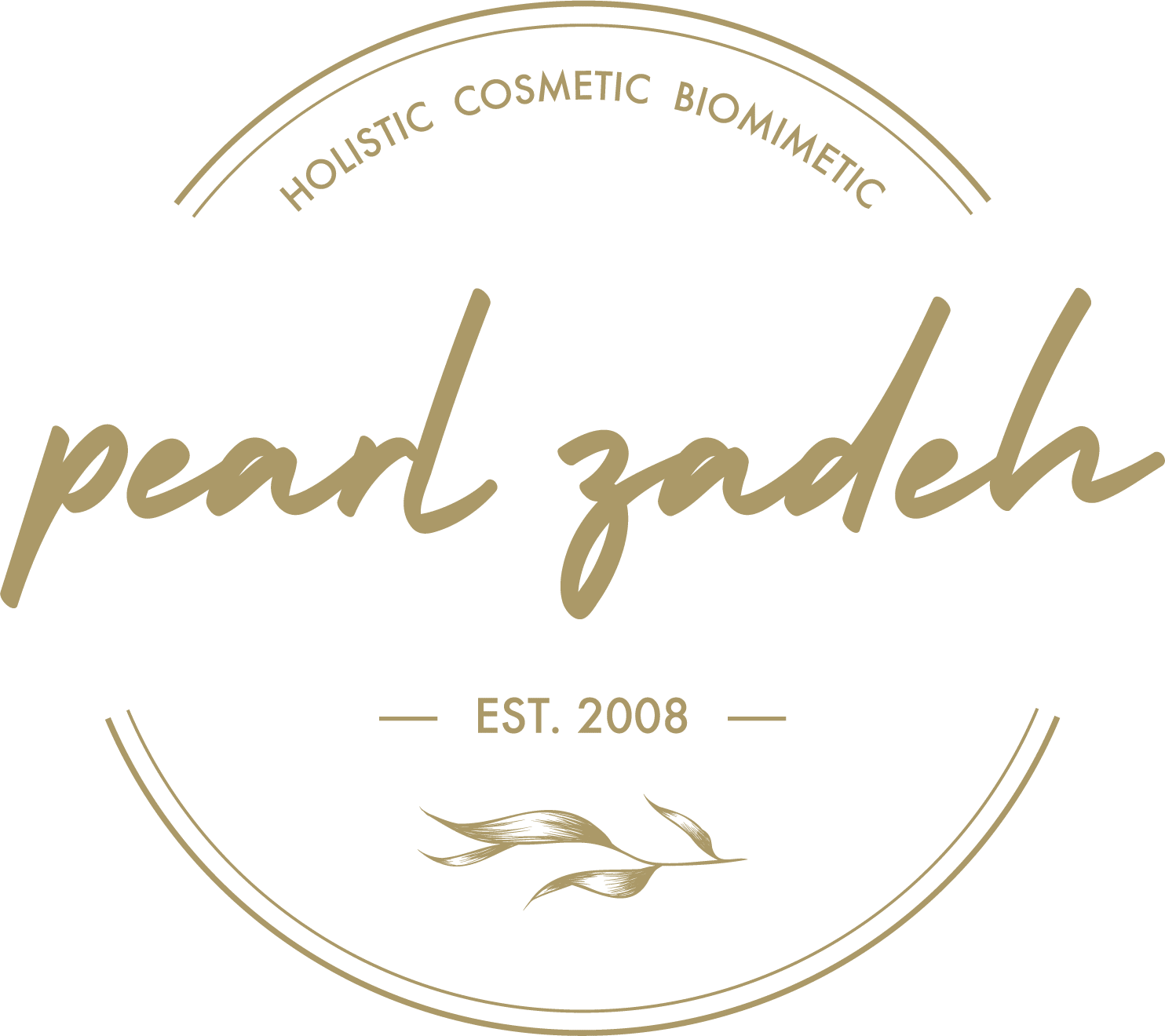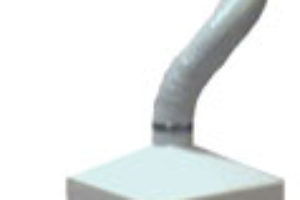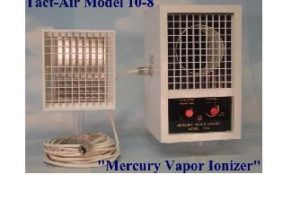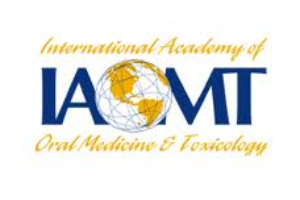Mercury Amalgam Removal in Woodland Hills
Patients have many questions regarding the various safety protocols utilized in the removal of mercury amalgam fillings. While there are several variations to the mercury removal protocol, Dr. Pearl Zadeh strictly adheres to those recommendations set forth by IAOMT (International Academy of Oral Medicine and Toxicology) and that of the Huggins Alliance. The IAOMT is a membership organization comprised of dental, medical, and research professionals involved in peer reviewed scientific research, education and promotion of biologic dentistry. This removal protocol can vary from dentist to dentist, but ultimately is designed and set forth to ensure the utmost safety for both the patient, and for Dr.Pearl Zadeh and her staff.
General Removal Guidelines
1. Take activated charcoal: there is some evidence that activated charcoal taken 10-15 min prior to amalgam removal can bind smaller particles of swallowed mercury, allowing them to be harmlessly passed out of the intestine via the feces. We consider this to be optional, as very little elemental or inorganic mercury is absorbed through the intestine, but it can’t hurt
2. Protective barriers: covering the patients face and clothing with protective barrier will prevent mercury particles from landing on the skin, clothes, or the eyes.
3. Use of a dental dam: a dental dam isolates the tooth or teeth that are being worked on. Some mercury free dentists don’t believe that this is absolutely necessary, but it’s our opinion that the dental dam is essential for the safe removal of mercury amalgam fillings. Even though mercury vapor can pass through the dental dam, we believe that the dental dam makes it easier to evacuate the filling material and prevent amalgam particles from being swallowed.
4. Keep the fillings cool during removal: removing amalgam fillings generates a tremendous amount of heat, which causes an increase in the release of mercury, both as vapor and as amalgam particles, during the entire removal process. Cooling the filling with water and air during this process dramatically reduces the amount of mercury vapor the filling releases.
5. High-volume evacuation (HVE): A special suction tip is used to remove the amount of aerosol spray and also helps capture more of the mercury vapors and particles
6. Dental Air-Vac: A special air filtering system and evacuation suction is placed as close to the patient’s mouth as possible during the removal. This dental vacuum is very helpful in removing the mercury vapors
7. Provide the patient, doctor and staff with alternative air source: We believe its best to provide the patient with an alternative air source while their amalgam fillings are being removed. This isn’t necessary after the removal process has been completed, when the tooth is being prepared for the new filling, and while the new filling is being placed.
During the actual amalgam removal the patient, doctor and assistant place an oxygen canella in the nose which receives its oxygen source from a tank. The patient is asked to breathe through the nose and avoid breathing through the mouth while the fillings are being removed.
8. Air Ionizer system: The office and dental operatory should be well ventilated. We feel reducing mercury exposure is just as important for the dentist and staff as it is for the patient. This two part system helps to capture the mercury vapors that get released during the removal process.
9. Remove gloves and dental dam and clean the patient’s mouth: once the amalgam fillings have been safely removed, the dentist and the assistant remove their gloves and the dental dam, and thoroughly rinse and vacuum the patient's entire mouth for at least 30 seconds. The patient should make every effort not to swallow during this process.
The International Academy of Oral Medicine and Toxicology (IAOMT)
The IAOMT is a network of dental, medical and research professionals who seek to raise the standards of scientific biocompatibility in dental practice with information from the latest interdisciplinary research.
Learn About Mercury Safe Dentistry »
Dr. Pearl Zadeh with Dr. Hal Huggins of Huggins Applied Healing






